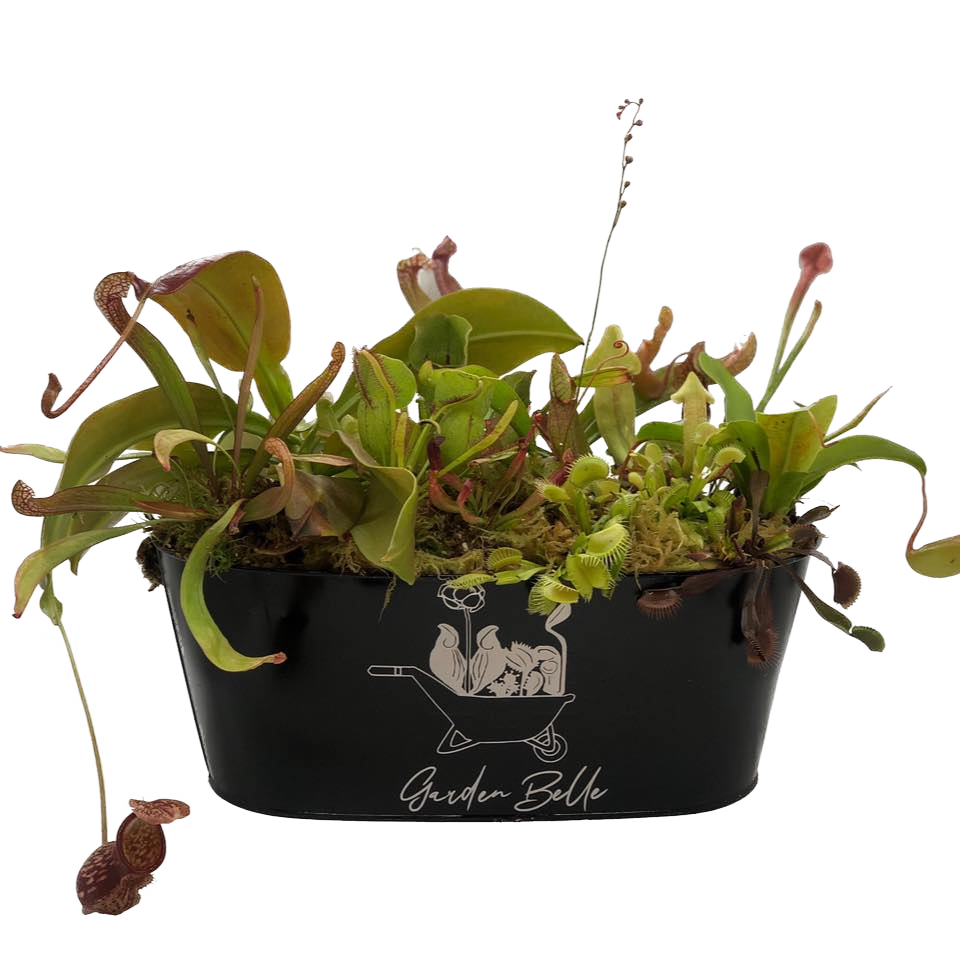
Carnivorous Plants
...attracts, kills and digest it's prey to get nutrient in their own unique way. They live in nutrient-free environment such as bogs and swamps.
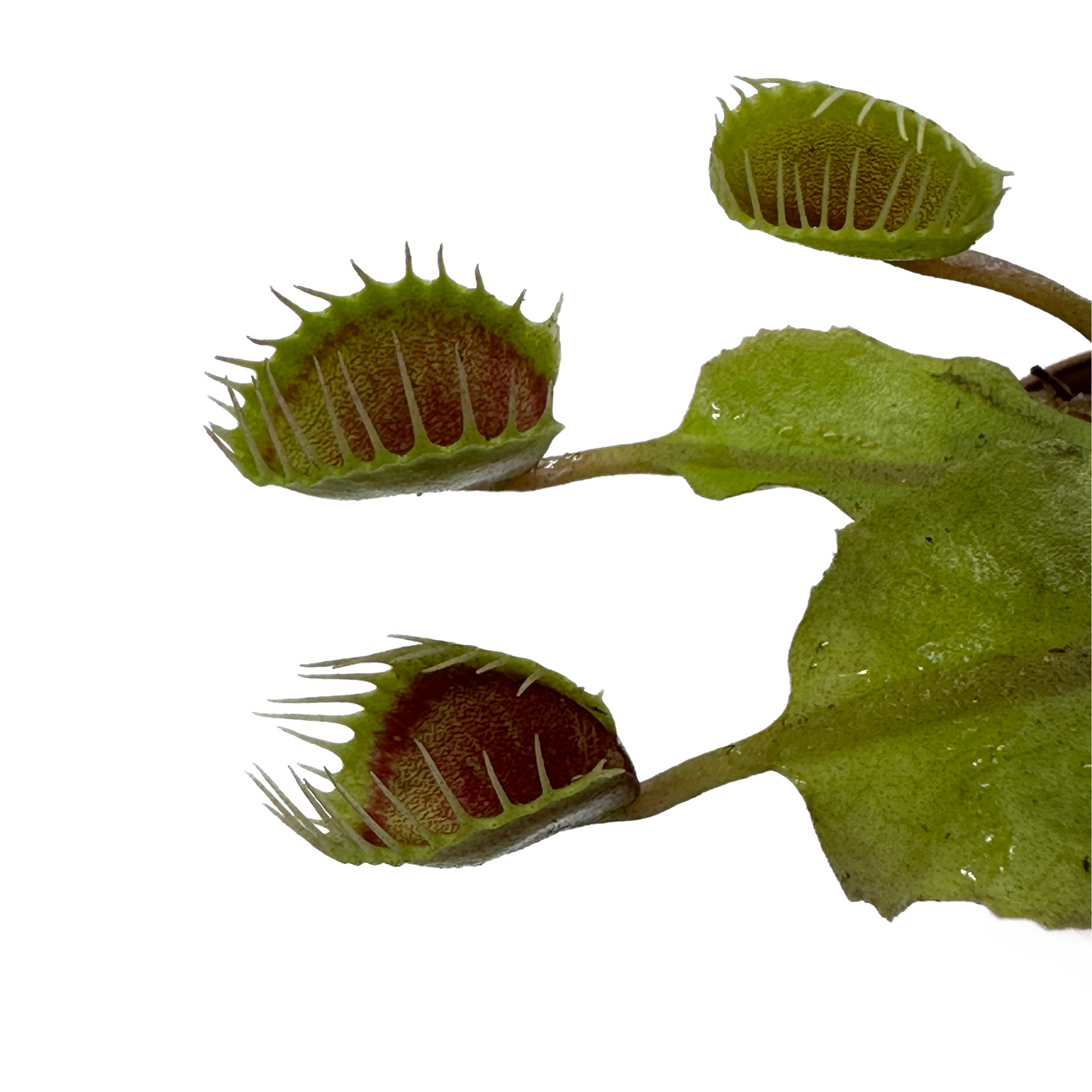
Venus Flytrap
Venus Flytrap (Dionaea muscipula) attracts it's prey by secreting sweet nectar. They have trigger hairs located inside the trap, which serves a motion detector on the plant. When an insect lands on the hair, the leaf closes in half a second. Once the trap fully closes, the leaves form an airtight seal and digest it's food.
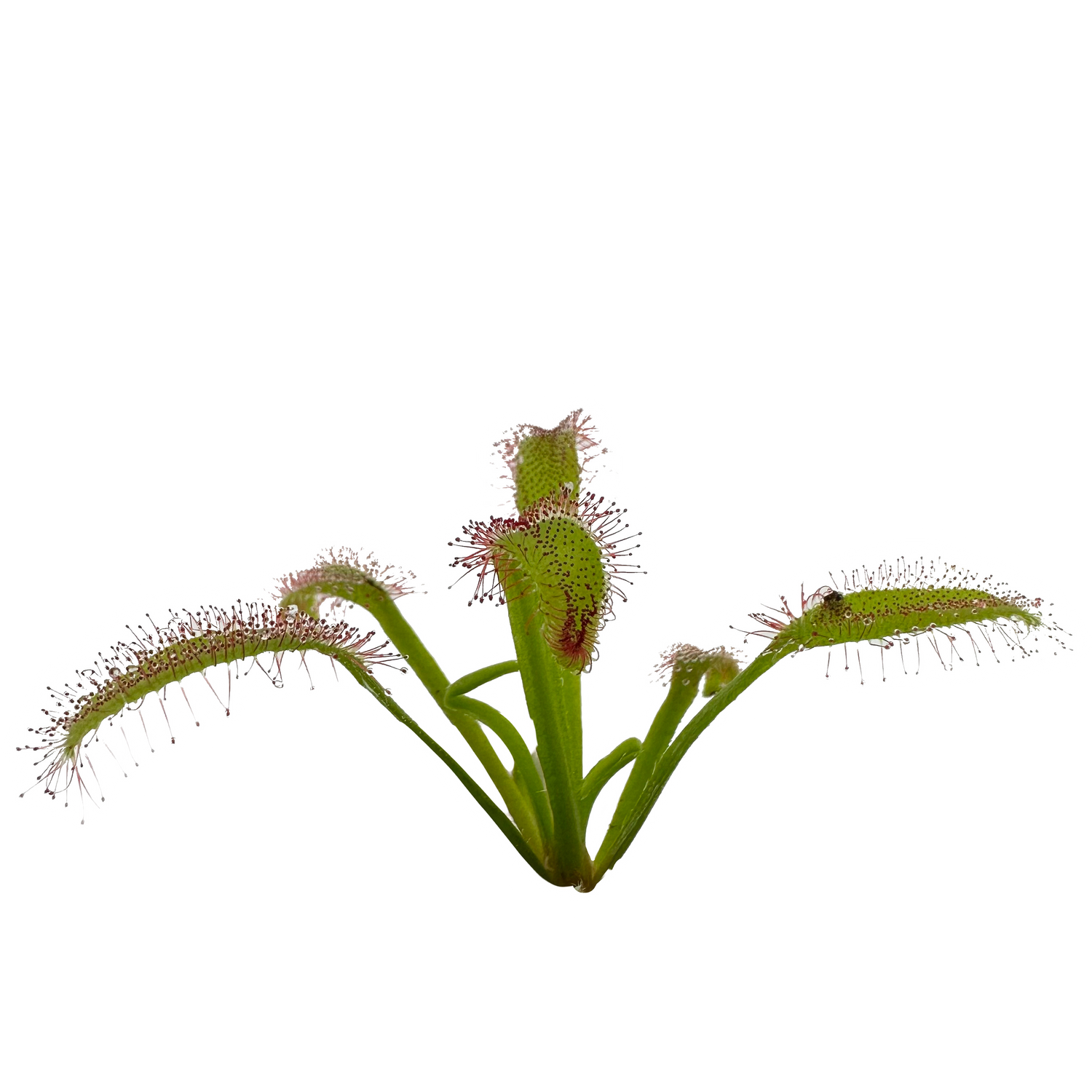
Sundew
Sundews (Drosera) produces sticky dew to lure insects. Once the insect is stuck, they wrap it up and digest it with enzymes. They catch insect to obtain nutrients that supplement its diet, as they typically grow in nutrient-free environments.
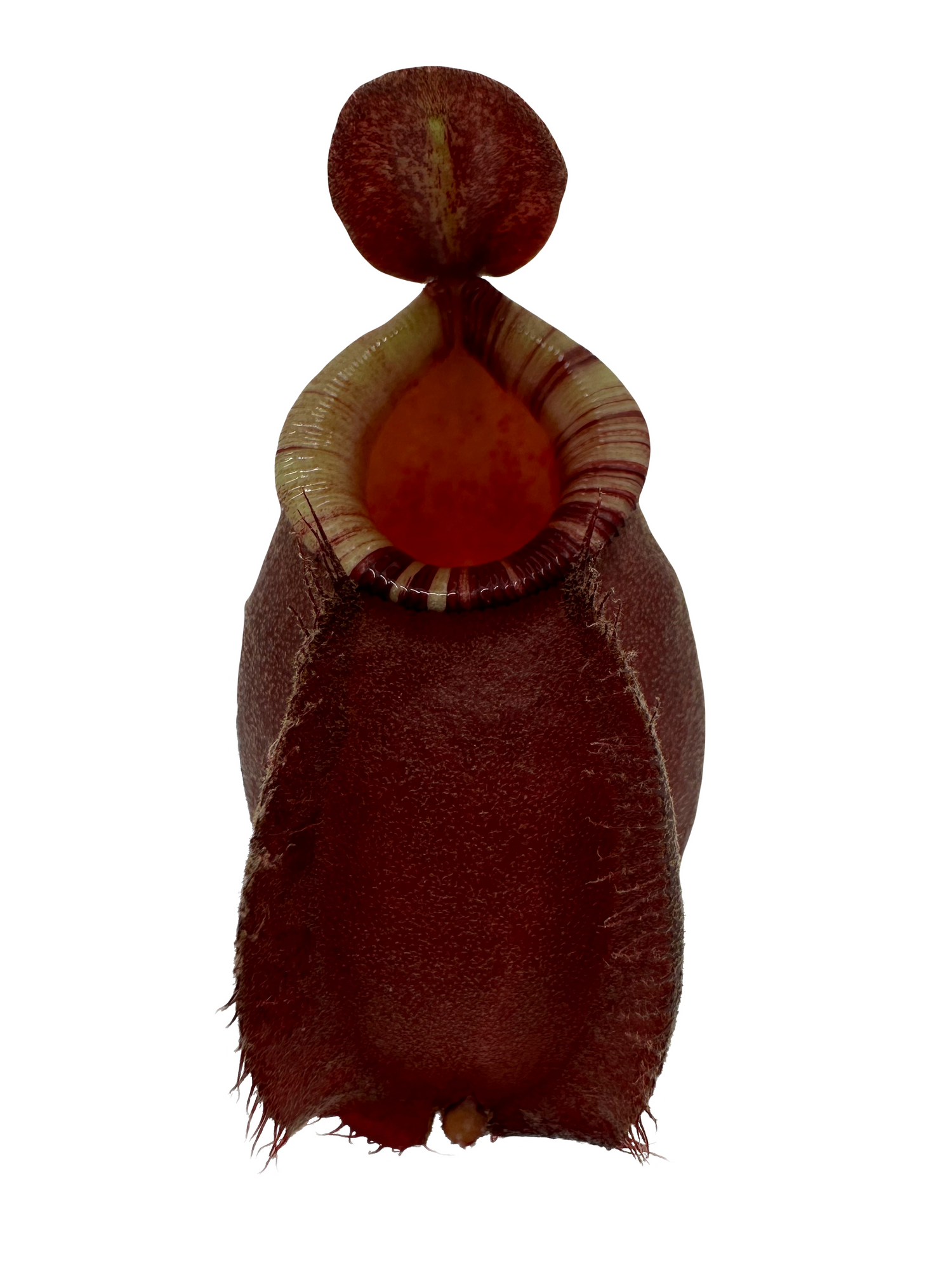
Nepenthes
Tropical Pitcher Plants (Nepenthes) forms a pitcher that produces digestive fluid. Their hanging vase-shaped leaves has a special mechanisms that allows them to attract, capture, and digest insects. Many pitcher plants exhibit patterns of ultraviolet coloration or flower-scent mimicry to attract insects to its pitchers.
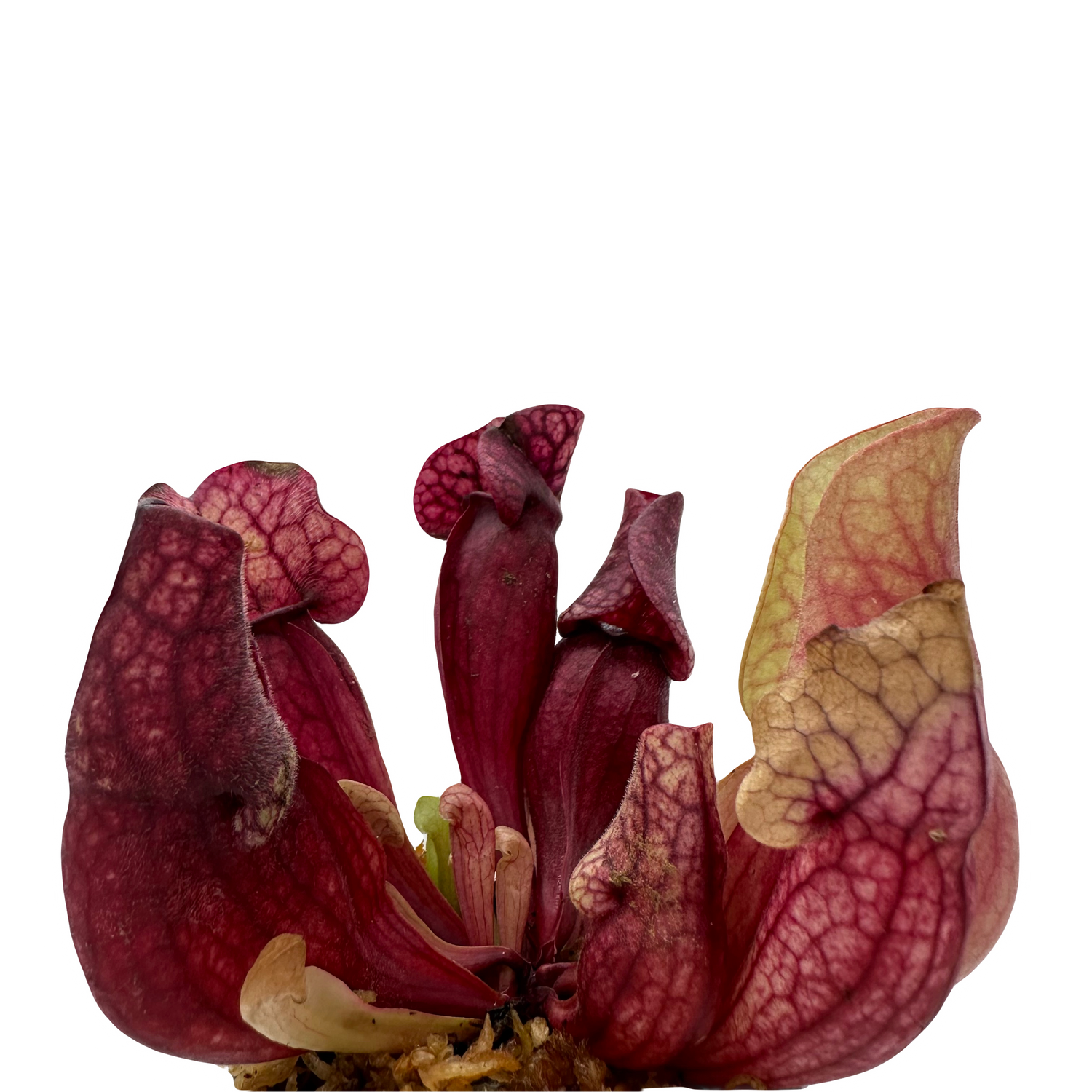
Sarracenia
American Pitcher Plants (Sarracenia) secretes nectar on the lip of the pitcher leaf. It has vibrant colors and produces a scent that attracts insects. When the insect falls inside from its slippery rim, they can't get out, they die and are digested by the plant.
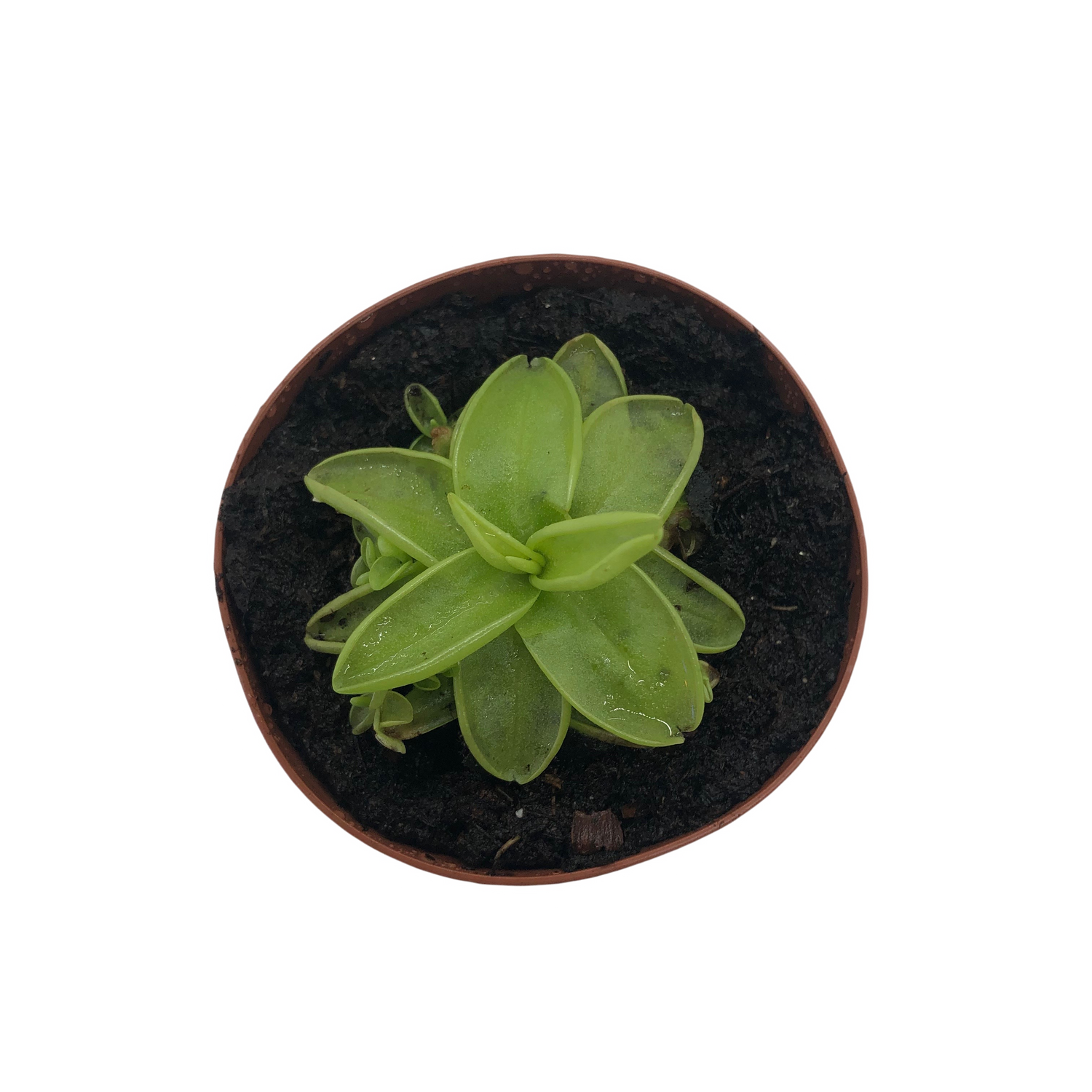
Butterwort
Butterwort (Pinguicula) produces sticky fluid that attracts insects. Once the insect is trapped, the leaves slowly curl around it and digests it.
